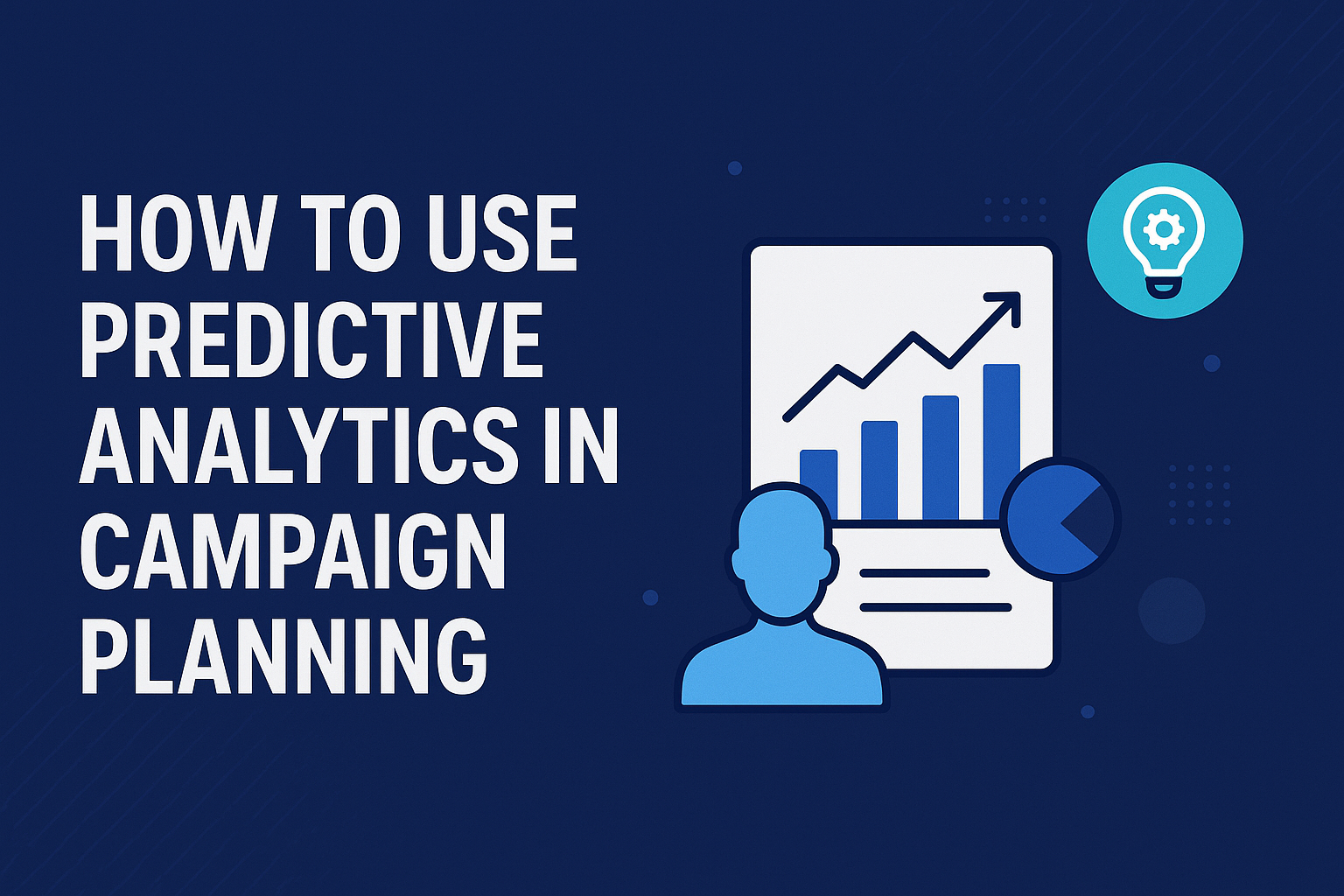
In a competitive digital landscape where every click counts, auditing your ad account is no longer optional it’s essential. Whether you’re running Meta Ads, Google Ads, or any other platform, unmonitored campaigns can silently drain your budget without delivering results. This article breaks down how to audit your ad account for wasted spend and reclaim control of your performance marketing.
Why Auditing Your Ad Account Matters
A well-optimized ad account ensures that:
- You’re not wasting budget on irrelevant clicks.
- Your targeting is precise.
- Your creative is converting.
- Your campaigns align with your business goals.
The result? Lower CAC (Customer Acquisition Cost), better ROAS (Return on Ad Spend), and a healthier marketing funnel.
Step-by-Step Ad Account Audit Process
1. Review Campaign Objectives
Are your campaigns aligned with business goals?
Audit Checklist:
- Are you using the right campaign types (e.g., Traffic vs Conversions)?
- Are your objectives still relevant?
- Are any legacy campaigns running with outdated settings?
Kill or pause campaigns that don’t align with your 2025 KPIs.
2. Dive into Budget Allocation
Is your budget strategically distributed?
Audit Checklist:
- Are you overspending on underperforming campaigns?
- Are your best-performing campaigns underfunded?
- Are daily or lifetime budgets set appropriately?
Reallocate spend to campaigns that drive real business outcomes.
3. Analyze Audience Targeting
Are you targeting the right people?
Audit Checklist:
- Are you overlapping custom audiences?
- Are your lookalike audiences fresh?
- Is frequency too high in retargeting?
Consolidate audience sets and remove overlaps that cause competition between your own ads.
4. Evaluate Ad Creatives and Messaging
Is your creative still effective or ad fatigue setting in?
Audit Checklist:
- Check for high CPMs or low CTRs signs of creative fatigue.
- Use A/B testing to identify top performers.
- Rotate creatives every 7–14 days in active campaigns.
Ditch stale creatives. Invest in storytelling, UGC, and strong CTAs.
5. Track Performance Metrics Closely
Are you tracking the right metrics?
Audit Checklist:
- CPA (Cost per Acquisition)
- ROAS (Return on Ad Spend)
- Click-Through Rate (CTR)
- Conversion Rate
- Frequency (watch for fatigue)
Eliminate underperforming ads and campaigns below your break-even ROAS.
6. Audit Pixel and Tracking Setup
Are your data signals accurate?
Audit Checklist:
- Is your Meta Pixel firing correctly?
- Are UTM parameters applied?
- Are conversions being tracked at all funnel stages?
Without clean data, your optimization is guesswork.
7. Review Placements and Devices
Where are your ads showing?
Audit Checklist:
- Are you using Automatic Placements blindly?
- Are you wasting spend on low-performing devices?
- Are mobile and desktop ROAS compared?
Exclude low-performing placements or device types with high spend and low returns.
Pro Tips to Avoid Wasted Ad Spend
- Run monthly audits instead of quarterly.
- Automate rules in Meta Ads and Google Ads to pause low-performing ads.
- Use Google Analytics + UTM tracking for cross-channel attribution.
- Implement conversion value tracking to measure true revenue impact.
Key Tools for Ad Account Auditing
- Meta Ads Manager
- Google Ads Performance Report
- Triple Whale or Northbeam (for attribution insights)
- Hotjar / GA4 for behavioral data
- Supermetrics for data aggregation
Facts
Regularly auditing your ad account is one of the highest-leverage activities you can perform as a growth marketer or founder. It helps you spot inefficiencies, trim waste, and double down on what’s working.
Remember: Marketing success isn’t about spending more it’s about spending smart.
At least once a month to ensure ongoing optimization and cost control.
High spend with low conversion or ROAS.
Yes, but automation tools streamline the process and uncover hidden inefficiencies faster.
Yes, if they’ve been tested enough and consistently underdeliver.
Google Ads, Meta Ads, LinkedIn Ads, and any channel where you’re spending significantly.



